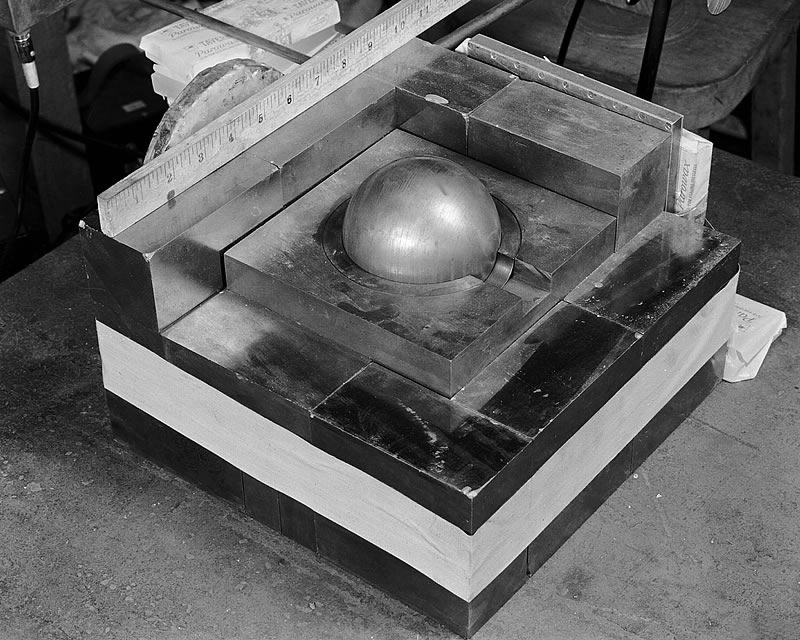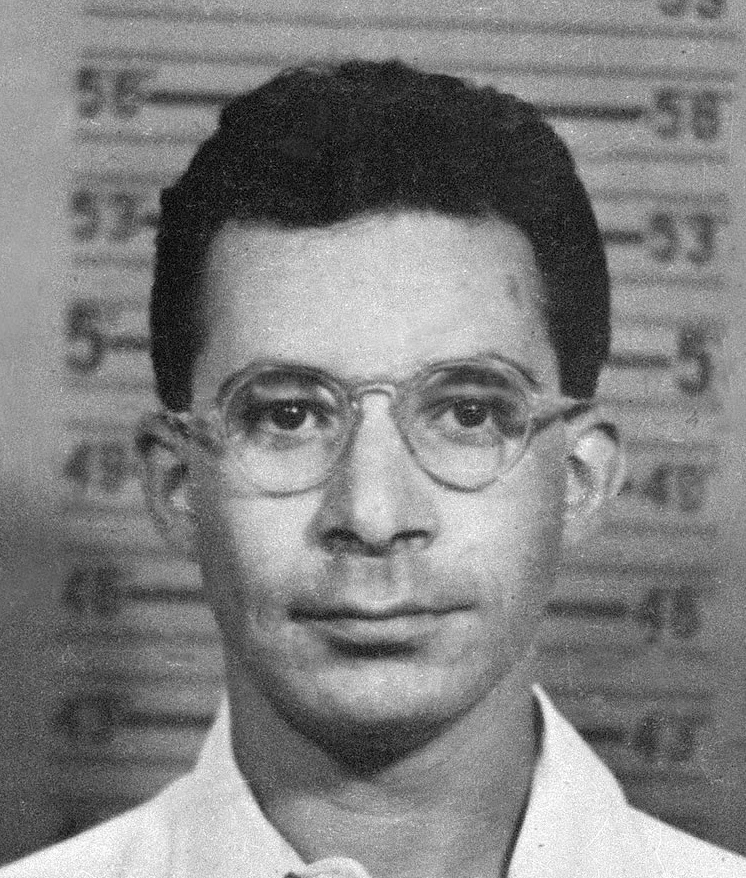Screwdrivers and Nuclear Safety: The Demon Core [Hackaday]

Harry Daghlian and Louis Slotin were two of many people who worked on the Manhattan Project. They might not be household names, but we believe they are the poster children for safety procedures. And not in a good way.
Slotin assembled the core of the “Gadget” — the plutonium test device at the Trinity test in 1945. He was no stranger to working in a lab with nuclear materials. It stands to reason that if you are making something as dangerous as a nuclear bomb, it is probably hazardous work. But you probably get used to it, like some of us get used to working around high voltage or deadly chemicals.
Making nuclear material is hard and even more so back then. But the Project had made a third plutonium core — one was detonated at Trinity, the other over Nagasaki, and the final core was meant to go into a proposed second bomb that was not produced.
The cores were two hemispheres of plutonium and gallium. The gallium allowed the material to be hot-pressed into spherical shapes. Unlike the first two cores, however, the third one — one that would later earn the nickname “the demon core” — had a ring around the flat surfaces to contain nuclear flux during implosion. The spheres are not terribly dangerous unless they become supercritical, which would lead to a prompt critical event. Then, they would release large amounts of neutrons. The bombs, for example, would force the two halves together violently. You could also add more nuclear material or reflect neutrons back into the material.
First Incident

In August of 1945, physicist Harry Daghlian was performing an experiment on the core. He was alone, but a security guard was about 10 feet away. The experiment involved placing neutron reflector bricks around the core to get it closer to supercriticality. However, Daghlian accidentally dropped a brick on the core, causing it to go supercritical. He quickly removed the brick, but not before receiving a fatal dose of radiation.
The 24-year-old physicist died 25 days later. The 29-year-old security guard fared better. He received a much smaller dose and died 33 years later at the age of 62. He did, however, die from leukemia, which may or may not have been related to radiation exposure.
But Then…

The point is people knew these materials could easily turn deadly. In 1946, Louis Slotin performed a similar experiment. Using Two beryllium half-spheres. The core would go in one half, and the other half would be lowered over the top using a thumb hole. Instruments measured the radiation as the beryllium sphere closed and opened. Shims were placed on them to make sure you couldn’t completely close the surrounding sphere, because that would push the core into the supercritical state.
Slotin was known as the expert on this particular test, and he shunned the standard protocol. Instead of using shims, he had one hand on the sphere and, in the other, a flat-blade screwdriver serving the function of the shims. Enrico Fermi had remarked to Slotin and some of his colleagues that they would be “dead within a year” if they kept to this test procedure. Fermi was a smart man.
It Happened
Of course, during one test, Slotin’s screwdriver slipped, and the reflective sphere enclosed the demon core. A flash of blue light and a wave of heat lasted about a half-second, during which Slotin received a dose estimated at 880 rem. For comparison, Daghlian took an estimated 290 rem, and X-ray exposures are in the millirem. Slotin later reported tasting a sour taste in his mouth and an intense burning sensation in his hand.

Slotin immediately flipped the top of the shield, and the reaction ceased. There were seven others nearby, but they received a much lower dose because Slotin’s proximity to the material acted as a shield. Slotin died in nine days at age 35, and from all descriptions, it was not a good way to go.
The next nearest person, who was about three feet away from the core, spent weeks in the hospital but died 19 years later of a heart attack; it is difficult to prove or disprove this was due to the radiation. He did have chronic neurological and vision problems, though. Two others were also hospitalized. Most of the survivors lived for decades after, save one soldier who was killed in action in Korea four years later.
Slotin was hailed a hero for saving his colleagues. But it was also clear that his reckless behavior had precipitated the accident in the first place. It is also strange that the team’s film badges were locked away 100 feet from the experiment.
The core had been known as Rufus but was now the “demon core.” One of the survivors of the accident would go on to design remote control equipment to perform these sorts of experiments with the researchers at least a quarter-mile away. As you might expect, future “hands-on” work was strictly forbidden.
The demon core was melted down and used to make smaller test cores. There have been several other critical events, most of them fatal, over the years. But it is doubtful that any of the materials involved in those accidents had the chance to strike twice.
Lesson Learned
How often do we take shortcuts with deadly things we are overly familiar with? Working on a live mains circuit comes to mind. Handling chemicals with poor ventilation. Sure, it isn’t nuclear material, but dead is dead. You don’t get points for having a cleaner accidental death.
The British made a video about this kind of accident back in 1969, and it is still worth a watch.
Shims come up in a lot of these kind of stories. You’d think nuclear power plants would be bastions of safety, but sadly, it isn’t always the case.

![screwdrivers-and-nuclear-safety:-the-demon-core-[hackaday]](https://i0.wp.com/upmytech.com/wp-content/uploads/2023/08/137752-screwdrivers-and-nuclear-safety-the-demon-core-hackaday-scaled.jpg?resize=800%2C445&ssl=1)